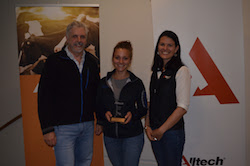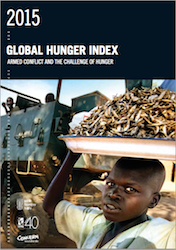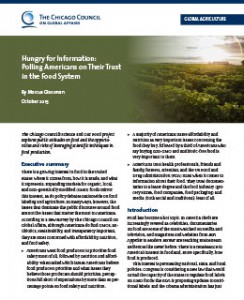 Agriculture Secretary Tom Vilsack announced Lanon Baccam as the USDA Deputy Under Secretary for Farm and Foreign Agricultural Services, overseeing the Farm Service Agency and Risk Management Agency, and the USDA’s Military Veterans Agricultural Liaison. Baccam is a U.S. Army and Iowa National Guard veteran and replaces Karis T. Gutter.
Agriculture Secretary Tom Vilsack announced Lanon Baccam as the USDA Deputy Under Secretary for Farm and Foreign Agricultural Services, overseeing the Farm Service Agency and Risk Management Agency, and the USDA’s Military Veterans Agricultural Liaison. Baccam is a U.S. Army and Iowa National Guard veteran and replaces Karis T. Gutter.
“Throughout his career in military and public service, Lanon has demonstrated a strong commitment to expanding opportunity in rural communities. Lanon brings to his new position strong management skills and a deep knowledge of USDA programs, policies and priorities. His leadership skills will be invaluable to USDA and rural communities across the nation,” said Vilsack.
Baccam, a native of Mount Pleasant, Iowa, is a military veteran and spent eight years in the U.S. Army and Iowa National Guard and was deployed to Afghanistan in 2004-2005. During his time in the Army, Baccam held leadership roles as a unit movement officer and served as a combat engineer in charge of explosive demolitions. Baccam previously served as the director of scheduling and advance in the Office of the Secretary at USDA. Prior to his role as director, Baccam served as a special assistant in the Foreign Agricultural Service and as executive assistant to the Secretary. Prior to joining USDA, Baccam worked in the Iowa state government and for several state and national political campaigns.
“Lanon was my top choice for this position. He is a flexible, capable leader who will bring a strategic, innovative approach to implementing USDA’s priorities and goals. I believe he will do an outstanding job on behalf of farmers, ranchers and rural communities as the Deputy Under Secretary for Farm and Foreign Agricultural Services,” said Agriculture Under Secretary for Farm and Foreign Agricultural Services Michael Scuse.










